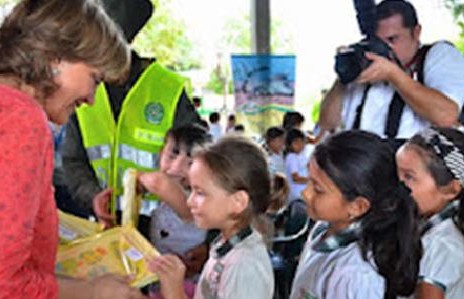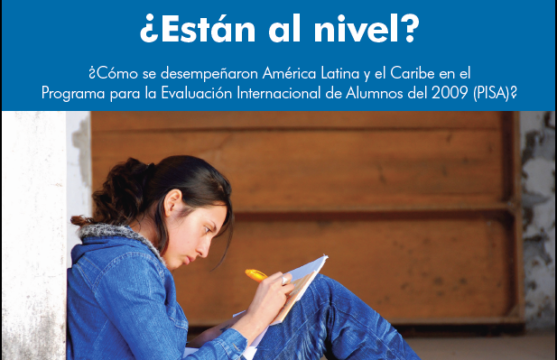China, India & Colombia’s Interbolsa
Colombian firm Interbolsa is being liquidated in a move to protect the interests of Colombia’s financial markets.
This post is also available in: Spanish
The final scores from the 2012 Programme for International Student Assessment (PISA) were released recently. Shanghai led the world in all three subjects included in the test—math, science, and reading. Vietnam got the 7th position in math and 17th overall, several positions ahead of the USA. Colombia got one of the worst results, just ahead of Qatar, Indonesia, and Peru in math, out of the 65 countries that participated from all over the world.
This indicates that the quality of education in Colombia is very low (in spite of some improvements in the reading test when compared with previous years), and accordingly, the results have caused a number of criticisms in the local press and the academic world.
This year many cities around the world participated in PISA, including Bogotá, Cali, Medellín and Manizales in Colombia (see Table). Interestingly, Manizales scored higher than the other three Colombian cities; and, incidentally, also higher than São Paulo, Minas Gerais and Rio de Janeiro in Brazil. Manizales EAU (Escuela Activa Urbana) scored significantly higher than other public schools and almost the same as private schools. Why did Manizales get better results than other Colombian cities? And why did Manizales EAU score better than other pubic schools? Although right now it is not possible to establish attribution to any one factor, I will argue that Manizales has implemented some practices that may help explain the difference in the results presented in the table below. Among the several possible explanations, there are two related ones that I want to highlight in this note.
First, for a decade Manizales has experienced a Public Private Partnership (PPP) with the participation of several institutions under the coordination of the Fundación Luker. This partnership has supported several education interventions with the intent to increase equitable access to quality education in the city.
And second, this PPP has applied the above-mentioned EAU in 11 out of the 41 secondary urban schools in the city, representing about 25% of the total enrollment at the education level. EAU is basically the application of the Escuela Nueva model to secondary education. The Fundación Luker has applied it since 2003, providing training for school principals and teachers, as well as some inputs like education materials and monitoring. Among the main elements of EAU, I want to highlight the following ones:
|
PISA Score by subject, geographical region and type of school in Manizales Colombia, 2012 |
|||
| City | Math | Reading |
Science |
| Bogotá |
393 |
422 |
411 |
| Manizales general |
404 |
431 |
429 |
| Manizales private schools |
464 |
476 |
477 |
| Manizales public schools without EAU |
386 |
420 |
413 |
| Manizales EAU |
395 |
430 |
425 |
| Medellín |
393 |
423 |
418 |
| Cali |
379 |
408 |
402 |
| Rest of country |
372 |
398 |
395 |
| Colombia |
376 |
403 |
399 |
Note: Some of these results are preliminary results.
The combination of a systemic and a specific pedagogical approach is encouraging for those of us who have been proposing to combine systemic and specific inputs if developing countries want to improve their education quality. Good systemic reforms with proper educational inputs seem to work, and the Manizales experience seems to support it.
 The author is an Independent Consultant with 37 years of international experience in the education sector. He worked at the World Bank as the Education Sector Manager for Latin America and the Caribbean, and for East Asia and the Pacific.
The author is an Independent Consultant with 37 years of international experience in the education sector. He worked at the World Bank as the Education Sector Manager for Latin America and the Caribbean, and for East Asia and the Pacific.
Colombian firm Interbolsa is being liquidated in a move to protect the interests of Colombia’s financial markets.
What Columbia is doing to improve its education quality.
PREAL publication analyzes how Latin American and Caribbean countries performed on PISA tests.

